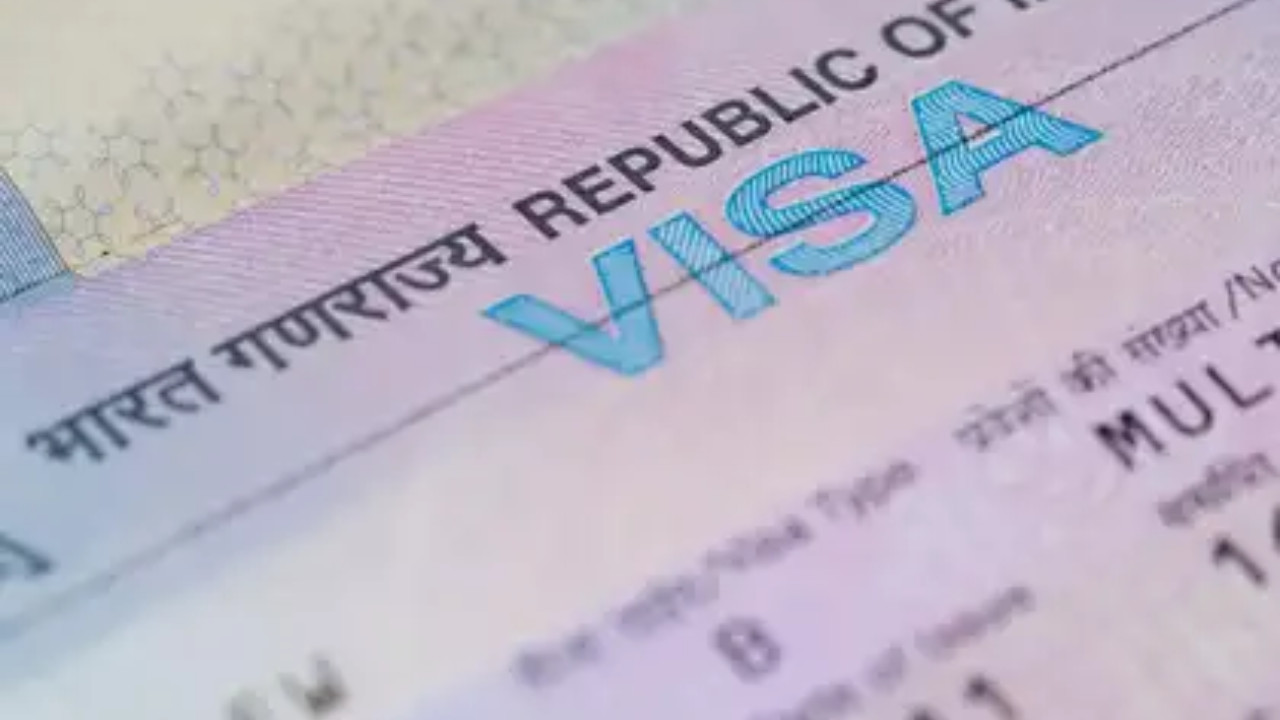Indian IT giants face headwinds as key sectors like manufacturing and healthcare curb spending amid global economic uncertainties. Tariff-related supply chain issues and the impact of US policies are pressuring these verticals. While BFSI and retail show resilience, companies like TCS and Tech Mahindra are adapting to changing client priorities.
Will Trump’s Tariff Talk Threaten India’s IT Boom?
The air is thick with anticipation (and maybe a little anxiety) as Donald Trump gears up for another run at the White House. While political strategists dissect poll numbers and pundits argue over policy platforms, a different kind of tremor is being felt in India’s powerhouse IT sector. Could Trump’s “big, beautiful bill” of tariffs, a cornerstone of his economic agenda, throw a wrench into the gears of India’s tech engine?
India’s IT sector has been a global success story, a key driver of economic growth, and a major employer. Companies like TCS, Infosys, and Wipro have become household names, providing critical services to businesses worldwide. But this success is intricately linked to global trade, particularly with the United States, which is the largest consumer of Indian IT services. Any significant shift in US trade policy could have ripple effects across the Indian economy.
Trump’s proposed tariffs, aimed at incentivizing US companies to bring jobs and manufacturing back home, present a potential challenge. Imagine a scenario where US businesses face significantly higher costs for outsourcing IT work to India. The result? They might be compelled to reduce their reliance on Indian firms, bringing those jobs back to the US, or shifting them to other, more tariff-friendly nations.

The Specifics of the Tariff Threat
The details of Trump’s tariff plan remain somewhat fluid, but the general thrust is towards higher import duties and other trade barriers. The exact nature of these tariffs is critical. Will they apply uniformly across all goods and services, or will certain sectors, like IT, be specifically targeted? The devil is always in the details, and businesses are scrambling to understand the potential impact on their bottom lines.
Higher tariffs could translate into increased operational costs for Indian IT companies. To remain competitive, they might have to absorb some of these costs, squeezing profit margins. Alternatively, they could pass those costs on to their US clients, potentially making their services less attractive compared to domestic alternatives. This is a tightrope walk with potentially significant consequences.
Beyond Tariffs: Other Potential Headwinds
It’s not just tariffs that are causing concern. The broader geopolitical landscape is also in flux. Rising protectionism, coupled with increasing scrutiny of immigration policies, could further complicate the situation for Indian IT firms. The ability to send skilled workers to the US on visas is crucial for on-site project management and client interaction. Stricter visa regulations could hinder their ability to serve US clients effectively.
Furthermore, increased political pressure on US companies to prioritize domestic hiring could also indirectly impact Indian IT firms. If US companies face pressure to reduce their reliance on foreign workers, they may be less inclined to outsource IT work to India, even without the direct impact of tariffs.
Strategies for Navigating the Uncertainties
So, what can India’s IT sector do to prepare for these potential challenges? Diversification is key. Exploring new markets beyond the US, such as Europe, Asia-Pacific, and the Middle East, can reduce reliance on a single region. Expanding service offerings beyond traditional IT outsourcing, focusing on emerging technologies like artificial intelligence, cloud computing, and cybersecurity, can also enhance competitiveness. We also have a great article on [the rise of AI in Indian startups](internal_link_to_related_article).
Indian IT companies are also actively investing in upskilling and reskilling their workforce to meet the evolving needs of the global market. This involves training employees in new technologies and developing expertise in areas that are in high demand.
Finally, active engagement with policymakers in both India and the US is crucial. Dialogue and advocacy can help shape trade policies and ensure that the interests of the Indian IT sector are taken into account.
The Future of Indian IT: Resilience and Adaptability
The potential impact of Trump’s tariffs on India’s IT sector is undeniable. The sector has weathered storms before, displaying remarkable resilience and adaptability. By embracing innovation, diversifying their markets, and investing in their workforce, Indian IT companies can navigate these challenges and continue to play a vital role in the global economy. It will require strategic foresight and bold action, but the sector’s proven track record inspires confidence.







